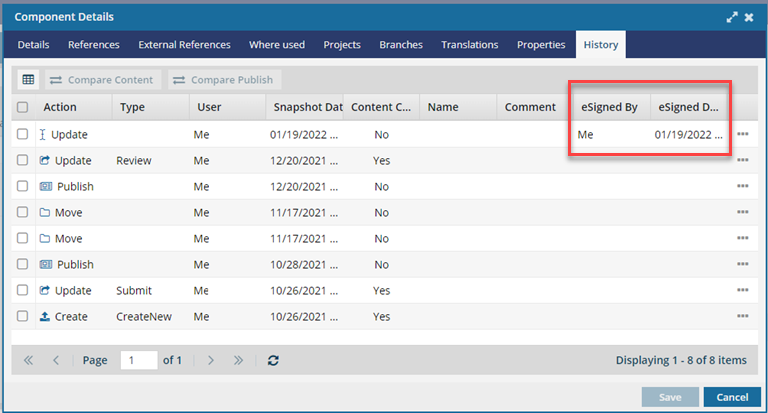Approve project components
When you're working in a project where you've collected components, you easily can let other reviewers know that a component is ready to work on by giving it an approved state.
![]()
- You must have at least one of the following roles or permissions:
- Be an administrator.
- Non-admins must be added to the Content Browser's can_approve module property.
- You must have permissions to update the component.
Otherwise, the Approve option is greyed out and unavailable.
- Permissions can't be blocked. A content owner or administrator can set permissions to deny access to components or folders. If your permissions to content has been blocked and you are not an administrator, you cannot use the Approve option in a project's Content pane.
- The component must be unlocked
 or have
or have  a green Approval lock.
a green Approval lock. - Before you approve a component, do all of the following to prevent seeing errors:
- Remove all tracked changes or comments.Work in the Oxygen editor
- Correct any errors.Validate XML in the editor
After you approve a component in Inspire, to help avoid accidental editing of approved content:
- The approved component may be locked with
 a green system lock.
a green system lock. An administrator can control if a system lock is placed on the component after a user approves it. By default, this optional feature is set to false, and a lock is not placed on a component after approval.
An administrator can control if a system lock is placed on the component after a user approves it. By default, this optional feature is set to false, and a lock is not placed on a component after approval. - This action happens regardless of whether the approval requires a signature or not.
- To edit an approved component, you must unlock it by Unapproving it.
- The approved component may be locked with


 To approve project components:
To approve project components:

 You can also open a project by clicking
You can also open a project by clicking  the Options menu and selecting
the Options menu and selecting  .
.  Unlocked, and
Unlocked, and  Draft.
Draft.
 the
the 
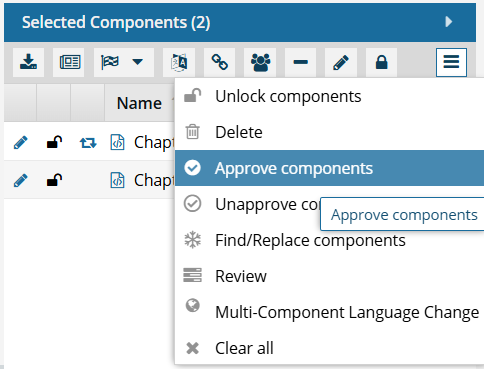

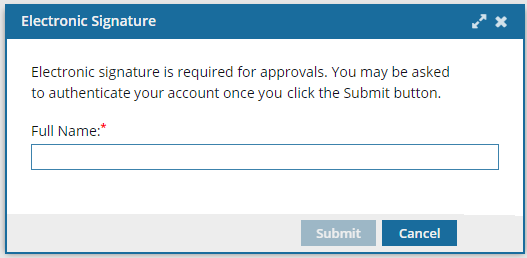
 the lock, enter your password.
the lock, enter your password.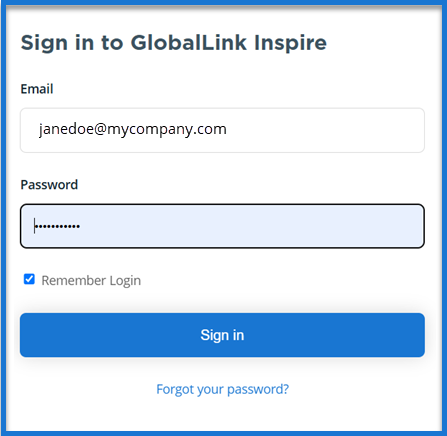
 Results:
Results: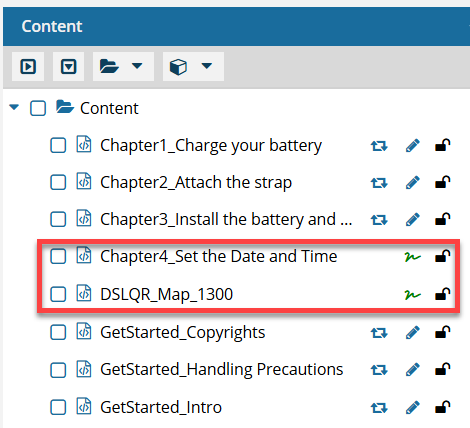
 .
.